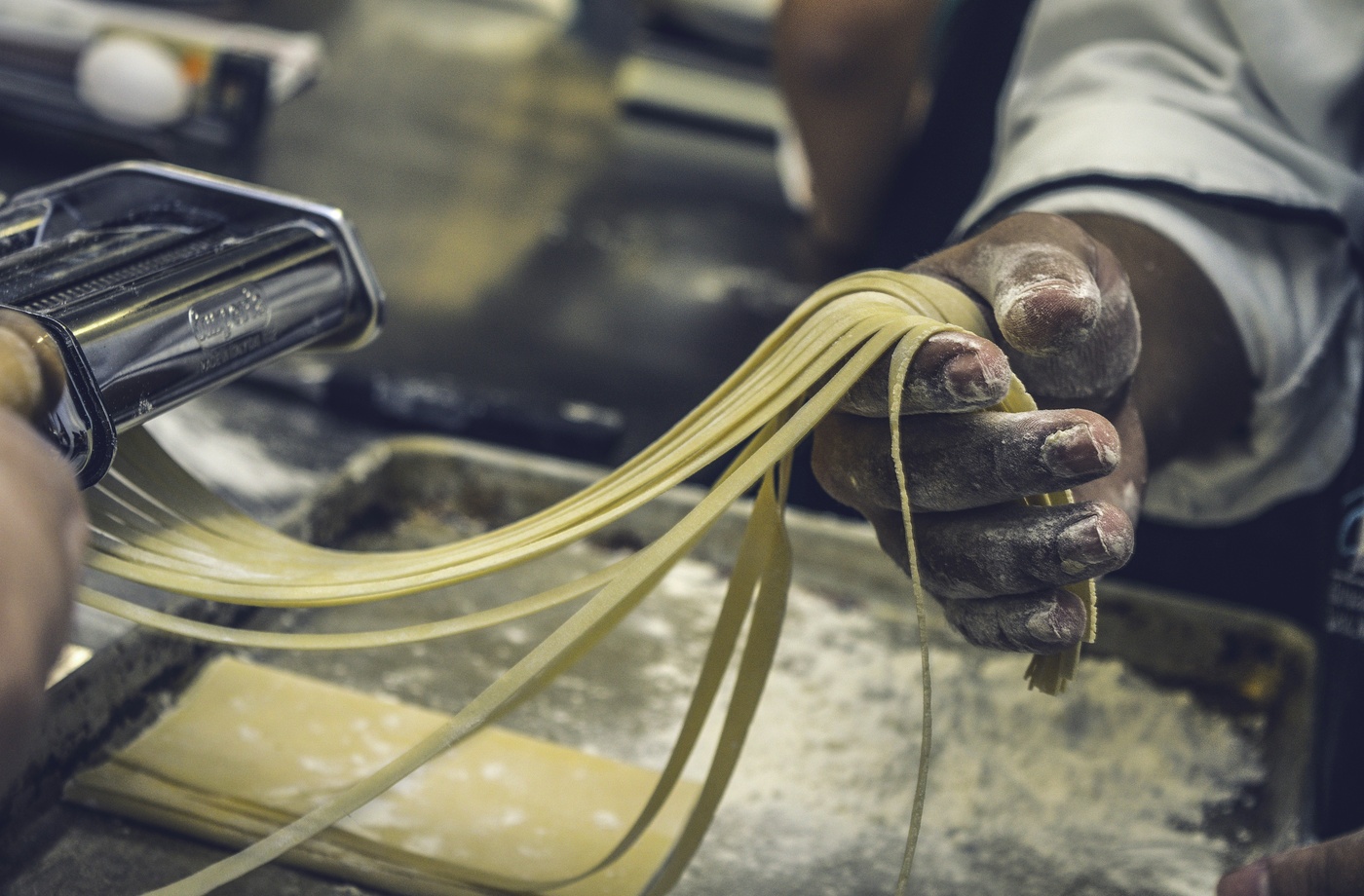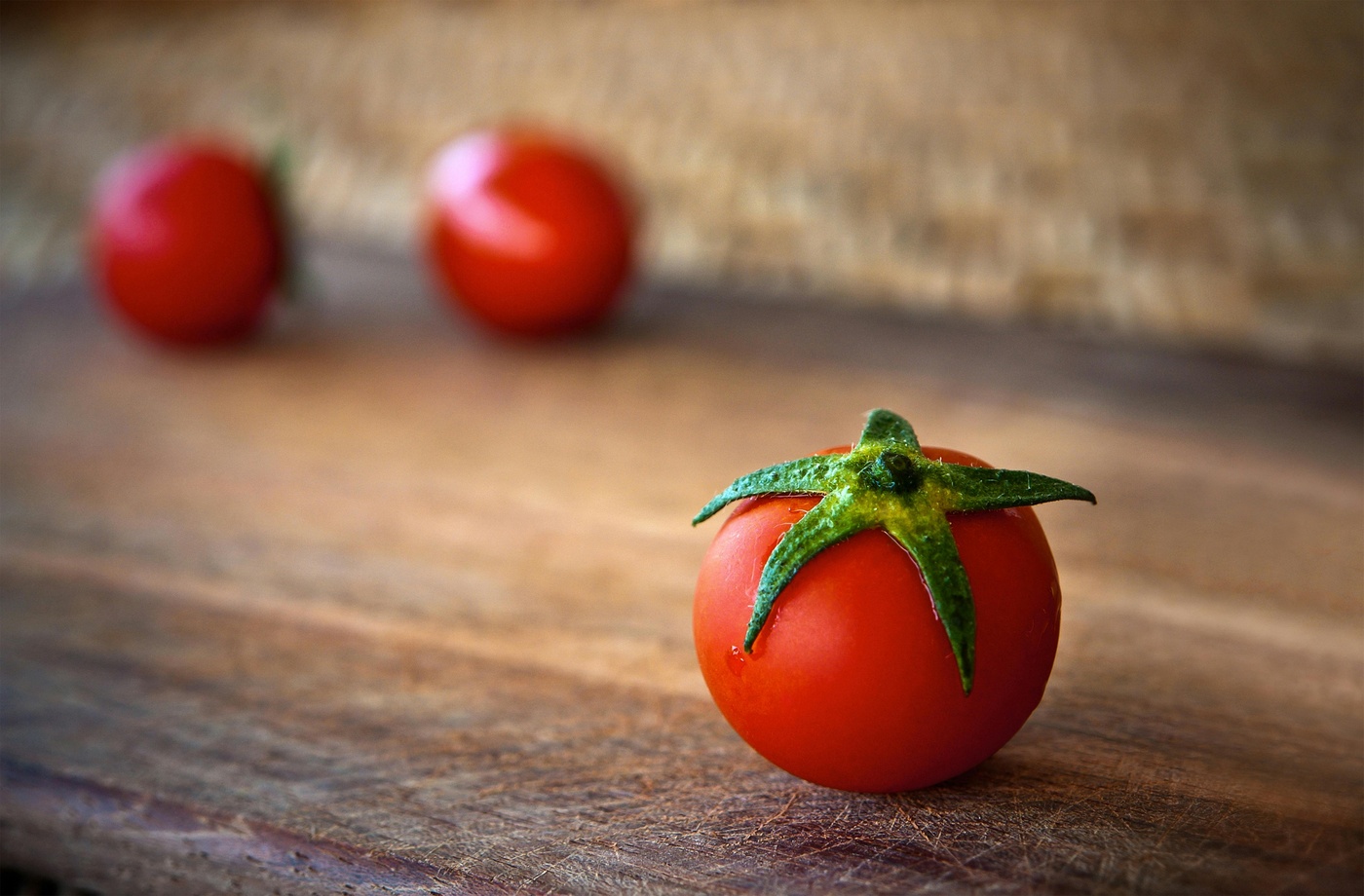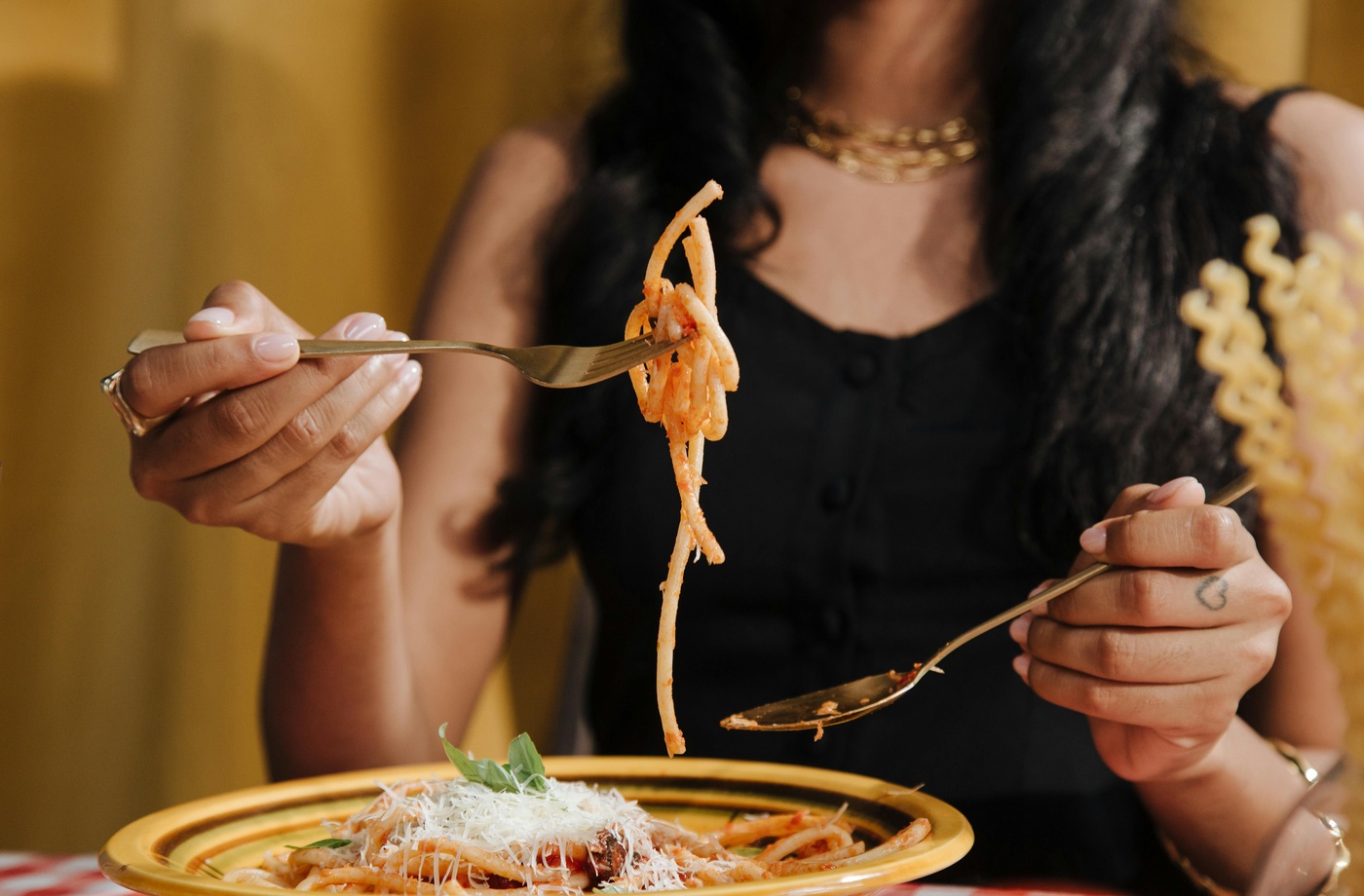There’s something undeniably comforting about a bowl of pasta carbonara. Rich, silky, and satisfyingly savory, it’s a dish that’s been both revered and misunderstood around the world. While many renditions add cream to achieve that luscious texture, true Roman carbonara relies on simple technique and a few key ingredients—no cream necessary.
Let’s walk through the authentic method and the secrets that make this timeless dish so special.
Start with the Right Ingredients
Traditional carbonara calls for just five components:
- Guanciale: This cured pork jowl brings intense flavor and crisp texture. Pancetta is a common substitute, but guanciale offers more depth. Learn more about the difference from Serious Eats.
- Egg Yolks: Not whole eggs. Yolks give the sauce its rich, custardy body.
- Pecorino Romano: This salty, aged sheep’s milk cheese is sharper than Parmigiano-Reggiano, balancing the dish’s richness.
- Freshly Ground Black Pepper: A generous amount is essential for both flavor and fragrance.
- Spaghetti or Rigatoni: Use bronze-cut pasta if possible—it holds the sauce better.
The Technique Is Everything
The creaminess of carbonara comes not from dairy, but from the emulsion of egg yolks, cheese, and starchy pasta water. Here’s how to do it right:
- Crisp the guanciale: Cut it into small batons and cook slowly over medium heat until golden and crispy. Set aside but keep the rendered fat in the pan.
- Cook the pasta: Boil until just shy of al dente, reserving about 1 cup of the starchy cooking water.
- Mix the sauce off heat: In a bowl, whisk together egg yolks, grated Pecorino Romano, and black pepper.
- Combine with pasta and fat: Add the hot pasta to the pan with the rendered guanciale fat. Toss quickly to coat, then remove from heat.
- Temper the yolks: Gradually mix in a little hot pasta water to the egg mixture to prevent scrambling, then pour it over the pasta and toss vigorously to create a glossy sauce.
- Add guanciale and more cheese: Finish with the crisped meat and an extra shower of Pecorino.
For a visual breakdown of this technique, check out Eater’s recipe.
Common Mistakes to Avoid
- Using cream: It dulls the flavor and hides the true texture of carbonara.
- Adding sauce over direct heat: This will scramble the eggs. Always mix off heat.
- Skipping the pasta water: It’s vital for emulsifying the sauce and getting that signature silkiness.
A Dish Rooted in Roman Tradition
Carbonara has roots in mid-20th century Rome, though its exact origin is debated. Some theories link it to American soldiers stationed in Italy during WWII, combining bacon and eggs with pasta. Others trace it to local charcoal workers—“carbonari”—who made hearty meals from shelf-stable ingredients. Either way, its simplicity and elegance have made it a staple of Italian cuisine worldwide.
For more on the dish’s backstory, explore this recipe from La Cucina Italiana.
Final Bite
When made the Roman way, carbonara is a lesson in balance—rich without being heavy, simple yet deeply flavorful. Once you’ve mastered the technique, you may never reach for the cream again.



